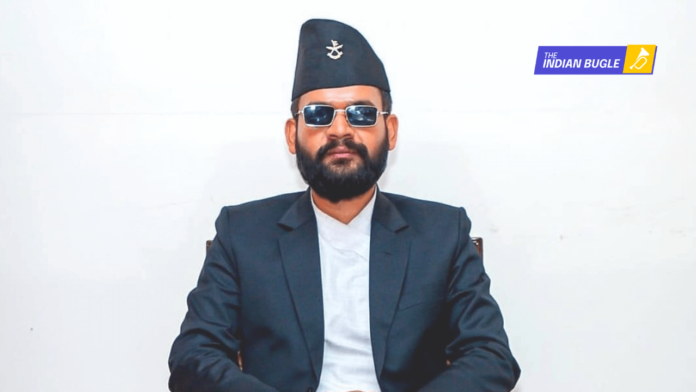Nepal is witnessing a turbulent political shift after the resignation of Prime Minister KP Sharma Oli, triggered by a week of deadly Gen Z–led protests. Amid the uncertainty, all eyes are on Kathmandu Mayor Balendra Shah, popularly known as Balen, who is emerging as a potential successor and a favourite among young demonstrators.
Who is Balendra Shah?
- Born in Kathmandu in 1990.
- Studied civil engineering in Nepal; completed his Master’s in structural engineering at Visvesvaraya Technological University, Karnataka, India.
- Before politics, he was active in Nepal’s underground hip-hop scene, rapping about corruption and social inequality.
- Entered politics as an independent candidate and won the 2022 Kathmandu mayoral election with over 61,000 votes.
- Married to Sabina Kafle and widely popular on social media for his direct engagement with citizens.
Why is Shah in Focus Now?
- Minutes after Oli’s resignation, Shah appealed to Gen Z protesters for restraint, reminding them that their key demand—the resignation of the government—had been met.
- He warned against destruction of property, stressing: “The loss of the country’s wealth is a loss to our own property.”
- Despite being above the Gen Z age cap, Shah expressed solidarity with the movement, stating he wanted to understand their aspirations and objectives.
- He has openly called out Oli as corrupt and remains a strong voice of accountability and reform.
The Gen Z Movement
- Protests erupted after the government imposed a ban on 26 social media platforms, including Facebook, Instagram, YouTube, and X.
- The demonstrations turned violent, leaving at least 19 people dead and hundreds injured.
- In Kathmandu alone, 18 protesters—many in school and college uniforms—lost their lives.
- Protesters argue this is more than a digital freedom fight; it is a push against systemic corruption.
Is Nepal Returning to Monarchy?
- Alongside the Gen Z protests, pro-monarchy rallies have intensified.
- Tens of thousands, led by the Rashtriya Prajatantra Party and Hindu nationalists, chanted “Raja aaunparcha” (The king must return).
- Demands include:
- Restoration of the monarchy.
- Reinstating Hinduism as the state religion.
The Prophecy Factor
- Royalists cite a centuries-old prophecy by Guru Gorakhnath, who blessed King Prithvi Narayan Shah with a monarchy lasting 11 generations.
- Many believe the prophecy ended with King Dipendra Shah, who briefly reigned in a coma after the 2001 royal massacre.
- The abolition of the Shah monarchy in 2008 is often seen as the prophecy’s fulfilment.
The Road Ahead
- Since King Gyanendra’s ouster, Nepal has seen over a dozen regime changes, fueling public frustration.
- While support for monarchy is rising, experts say its restoration faces:
- Constitutional barriers (Nepal is a federal democratic republic).
- Political resistance from mainstream parties.
- Former King Gyanendra remains silent, and his chances of reclaiming the throne are slim.
Conclusion
With Oli’s resignation, Nepal faces a political crossroad. While pro-royalists push for the monarchy’s return, Gen Z protesters are demanding accountability and systemic reform. In this mix, Balendra Shah stands out as the face of youth aspirations—a structural engineer turned rapper turned mayor, who could well become Nepal’s most unconventional Prime Minister yet.
